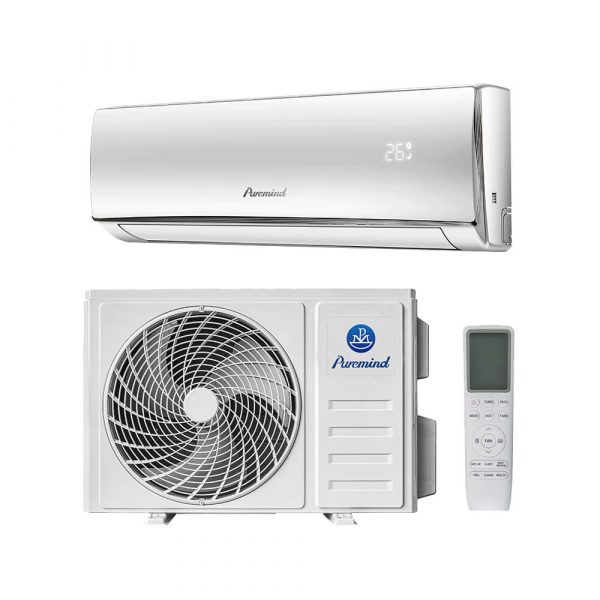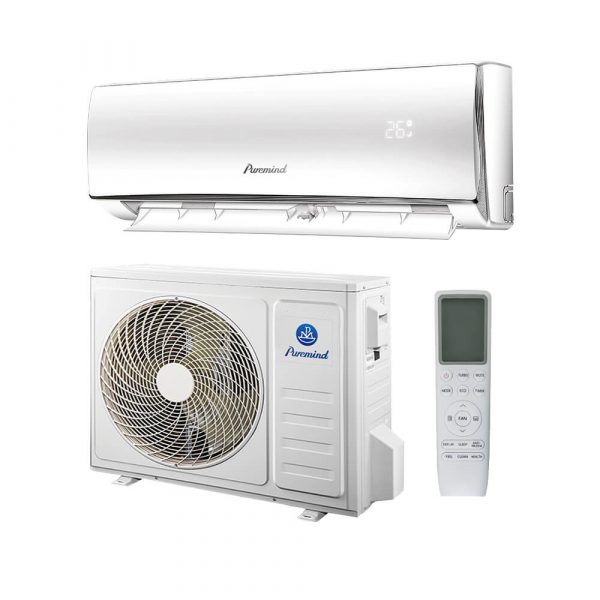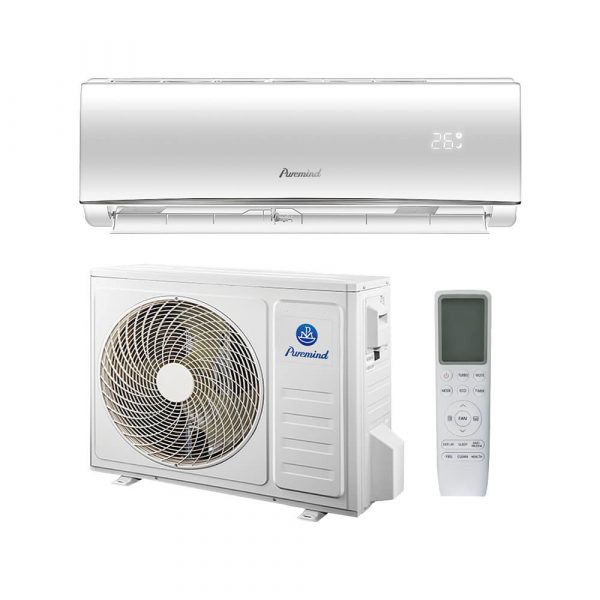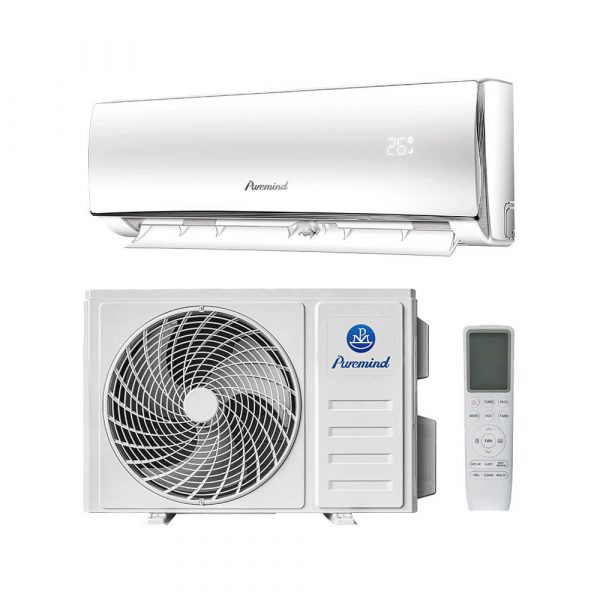Split System AC Unit: Complete Guide for Wholesalers, Suppliers, and Distributors
The split system AC unit has become one of the most popular cooling solutions for both residential and commercial spaces. Known for its efficiency, quiet operation, and flexible installation options, this system offers distributors and suppliers an attractive product line with strong market demand. In this guide, we explore the features, benefits, applications, and selection tips for split system AC units.
1. What is a Split System AC Unit?
A split system AC unit is an air conditioning system with two separate components: an indoor unit (evaporator) and an outdoor unit (condenser/compressor). These are connected by refrigerant lines and electrical cables, allowing heat transfer between the indoor and outdoor environments.
Main Components
- Indoor Unit: Distributes cooled air inside the space.
- Outdoor Unit: Releases heat absorbed from indoors.
- Refrigerant Lines: Copper pipes carrying refrigerant between the two units.
- Controller: A remote or wall-mounted thermostat to adjust temperature and settings.
2. How a Split System AC Unit Works
The process begins when warm indoor air passes over the evaporator coil in the indoor unit. The refrigerant absorbs this heat and moves it to the outdoor unit, where the condenser releases it into the atmosphere. This cycle continues until the desired temperature is reached.
3. Benefits of Split System AC Units
- Energy Efficiency: Many models have high SEER ratings, lowering electricity costs.
- Quiet Operation: With the compressor located outside, indoor noise levels are minimal.
- Flexible Installation: No ductwork required, making it ideal for retrofits and new constructions.
- Improved Air Quality: Built-in filters remove dust, allergens, and other pollutants.
- Cost-Effective Maintenance: Easy filter cleaning and straightforward servicing.
4. Types of Split System AC Units
- Wall-Mounted Units: The most common type for homes and small offices.
- Ceiling Cassette Units: Ideal for open-plan commercial spaces.
- Floor-Standing Units: Suitable for spaces without wall or ceiling installation options.
- Multi-Split Systems: Connect multiple indoor units to a single outdoor unit for zoned cooling.
5. Leading Brands for Split System AC Units
Several brands dominate the market, including Carrier, Daikin, Mitsubishi Electric, Gree, Midea, and Trane. These manufacturers offer a variety of split air conditioner models to suit different capacities, budgets, and installation needs.
6. How to Choose the Right Split System AC Unit
When selecting a split system AC unit, wholesalers, suppliers, and distributors should consider the following:
- Cooling Capacity: Match the unit’s BTU rating to the size of the space.
- Energy Efficiency: Opt for units with higher SEER ratings.
- Climate Suitability: Ensure performance under local environmental conditions.
- Brand Reputation: Choose trusted manufacturers with proven reliability.
- Warranty & Support: Strong after-sales service is essential.
7. Installation and Maintenance Tips
Installation
- Hire certified HVAC professionals for installation.
- Ensure proper placement for optimal airflow and efficiency.
- Use quality refrigerant lines and secure all connections.
Maintenance
- Clean or replace filters regularly.
- Inspect outdoor units for debris.
- Schedule professional servicing annually.
8. Market Trends for Split System AC Units
- Smart Controls: Wi-Fi-enabled systems with mobile app integration.
- Eco-Friendly Refrigerants: Adoption of low-GWP options like R32.
- Hybrid Systems: Combining cooling with heating and air purification.
- Energy Storage Integration: Pairing with solar power and battery systems.
Conclusion
The split system AC unit is a versatile, efficient, and reliable cooling option for both residential and commercial markets. By understanding its features, types, and benefits, wholesalers, suppliers, and distributors can make informed choices and meet the growing demand for energy-efficient climate control solutions.







